The On-going Effort to Minimise the Rate and Impact of Fractures
Published in European Trainer, January - March 2018, issue 60.
In thoroughbred racing, musculoskeletal injury is a major safety concern and is the leading reason for days lost to training. Musculoskeletal injury is the greatest reason for horse turnover in racing stables, with financial implications for the owner and the racing industry. Injuries, particularly on race day, have an impact on public perception of racing.
Upper limb and pelvis fractures are less common than lower limb fractures, but they can lead to fatalities. Reducing the overall prevalence of fractures is critical and, at the very least, improving the rate of detection of fractures in their early stages so the horse can be withdrawn from racing with a recoverable injury will be a big step forwards in racehorse welfare. Currently, we lack information on the outcomes following fracture, and an article recently published in the Equine Veterinary Journal (EVJ) from the veterinary team at the Hong Kong Jockey Club (HKJC) addressed this important knowledge gap.
Hong Kong Fracture Outcome Study
The HKJC veterinary team is in a unique position to carry out this work because their centralised and computerised database of clinical records, together with racing and retirement records, allows them to document follow-up, which is all but impossible elsewhere in the world. Dr Leah McGlinchey, working with vets in Hong Kong and researchers from the Royal Veterinary College, London, reviewed clinical records from 2003 to 2014 to identify racehorses that suffered a fracture or fractures to the bones of the upper limb or the pelvis during training or racing, confirmed by nuclear scintigraphy, radiography, ultrasonography, or autopsy....
To read more - subscribe now!
Gallery
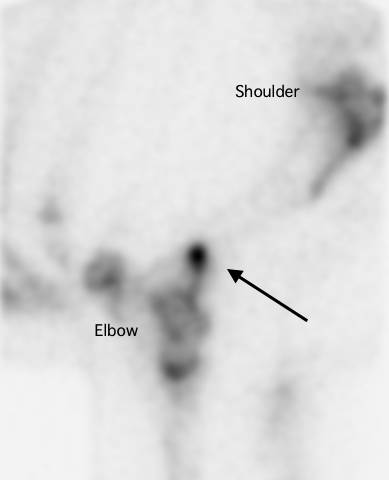
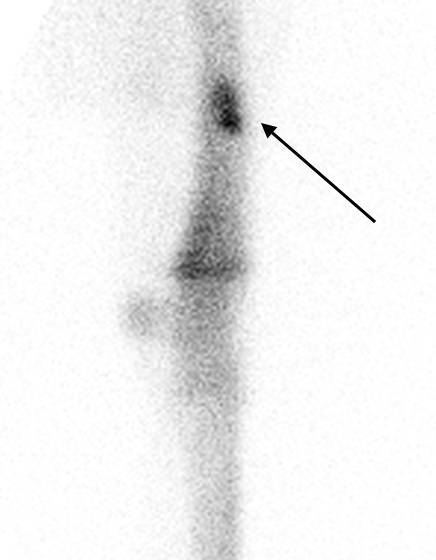
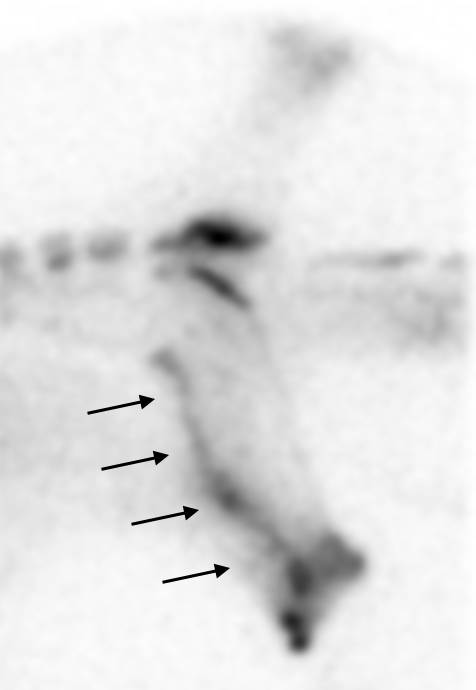
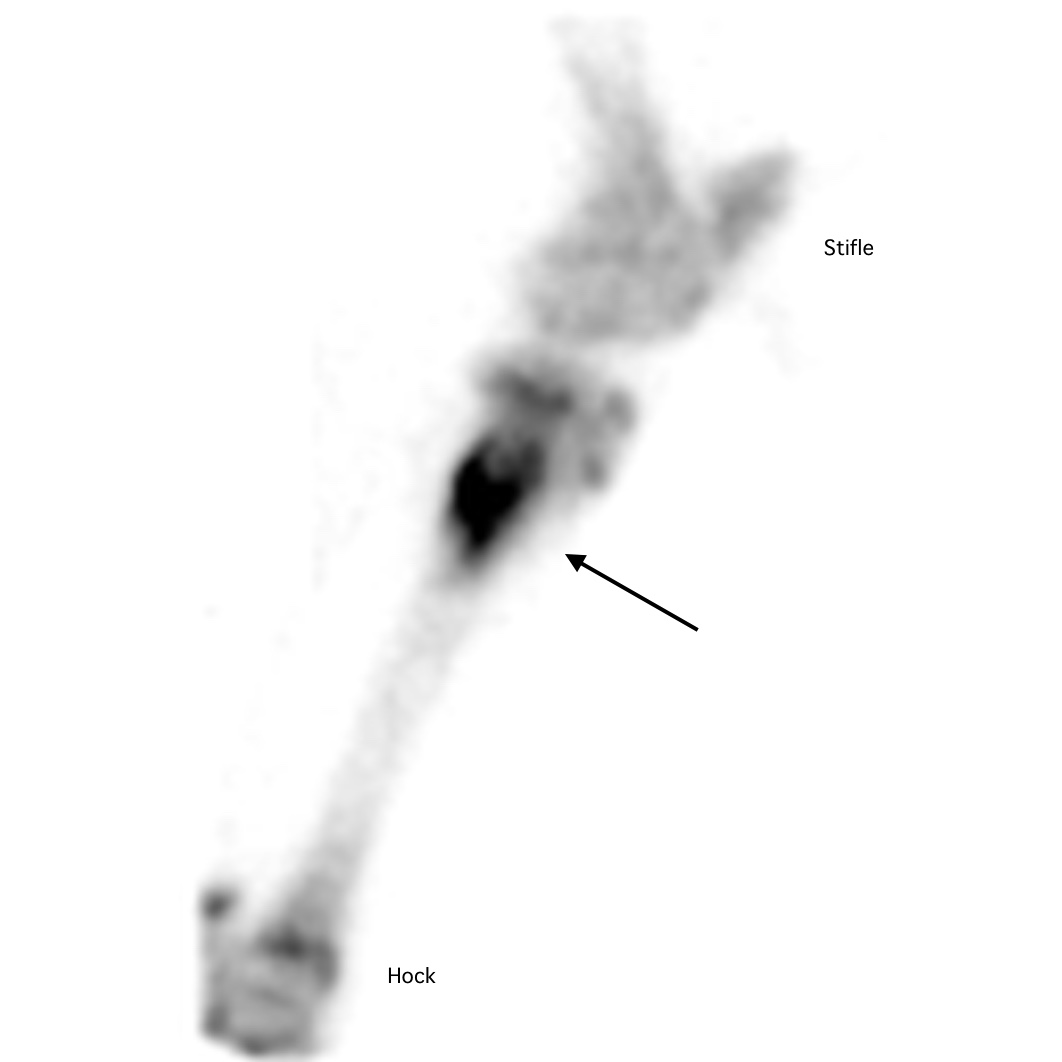
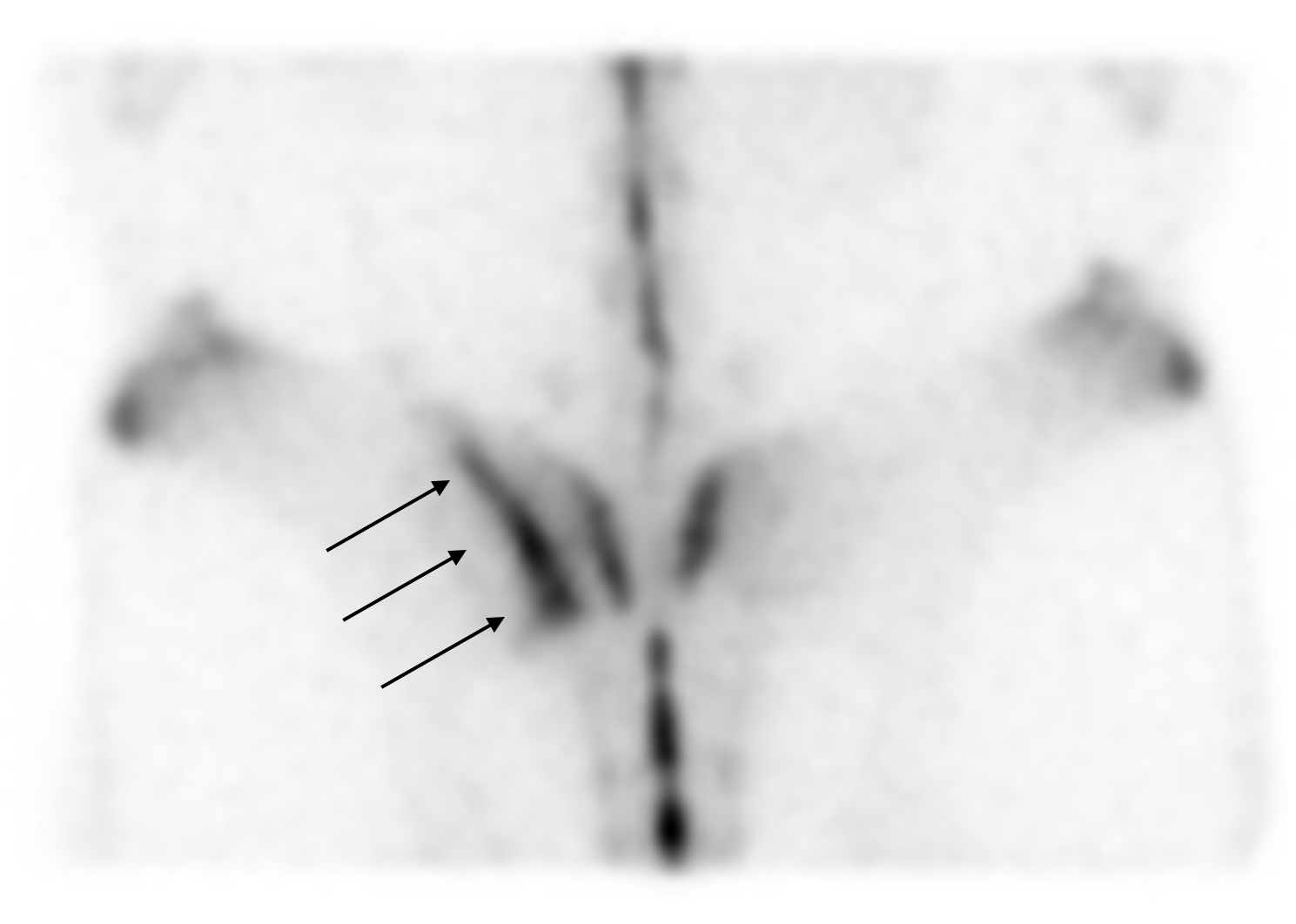
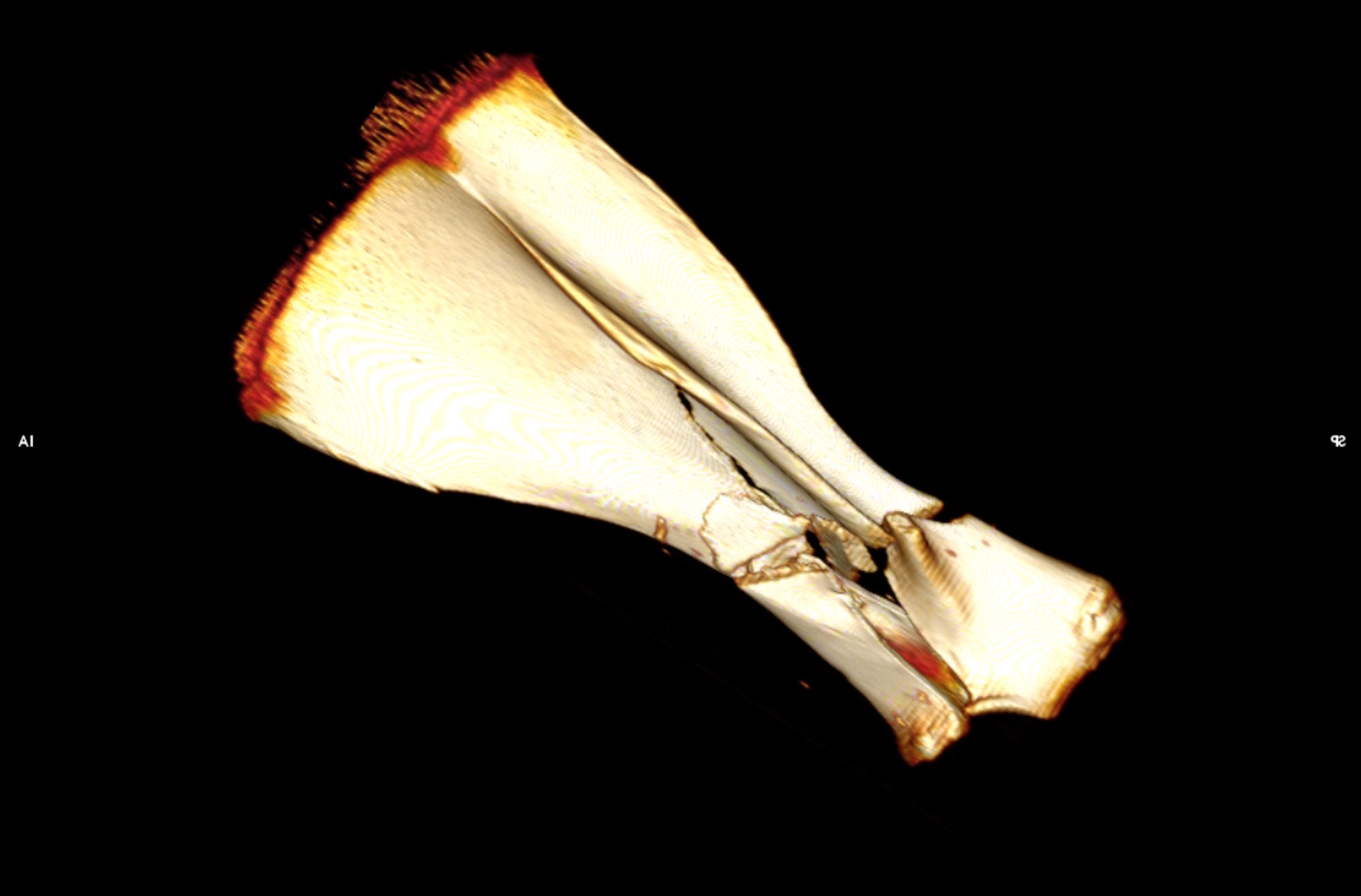
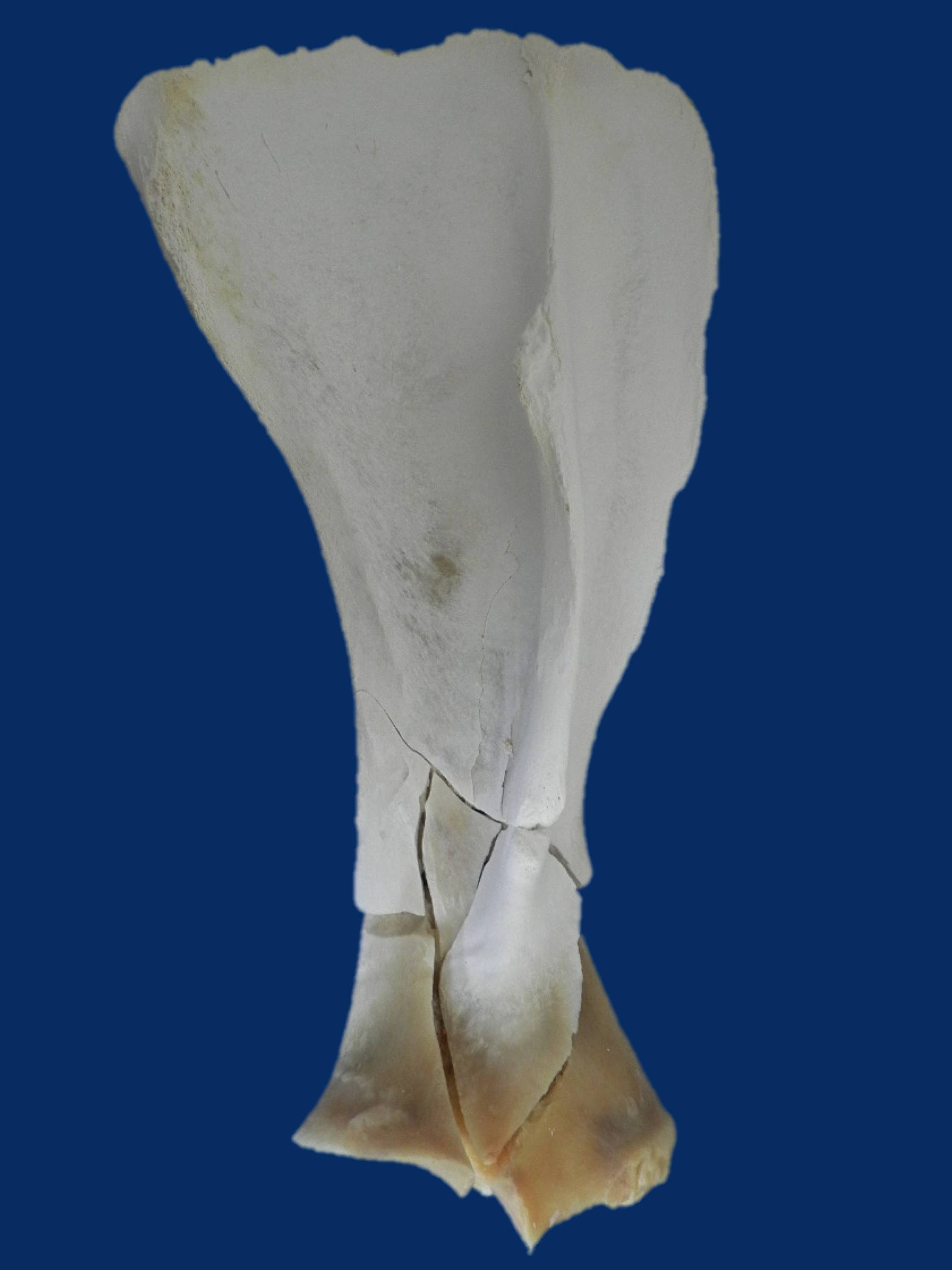
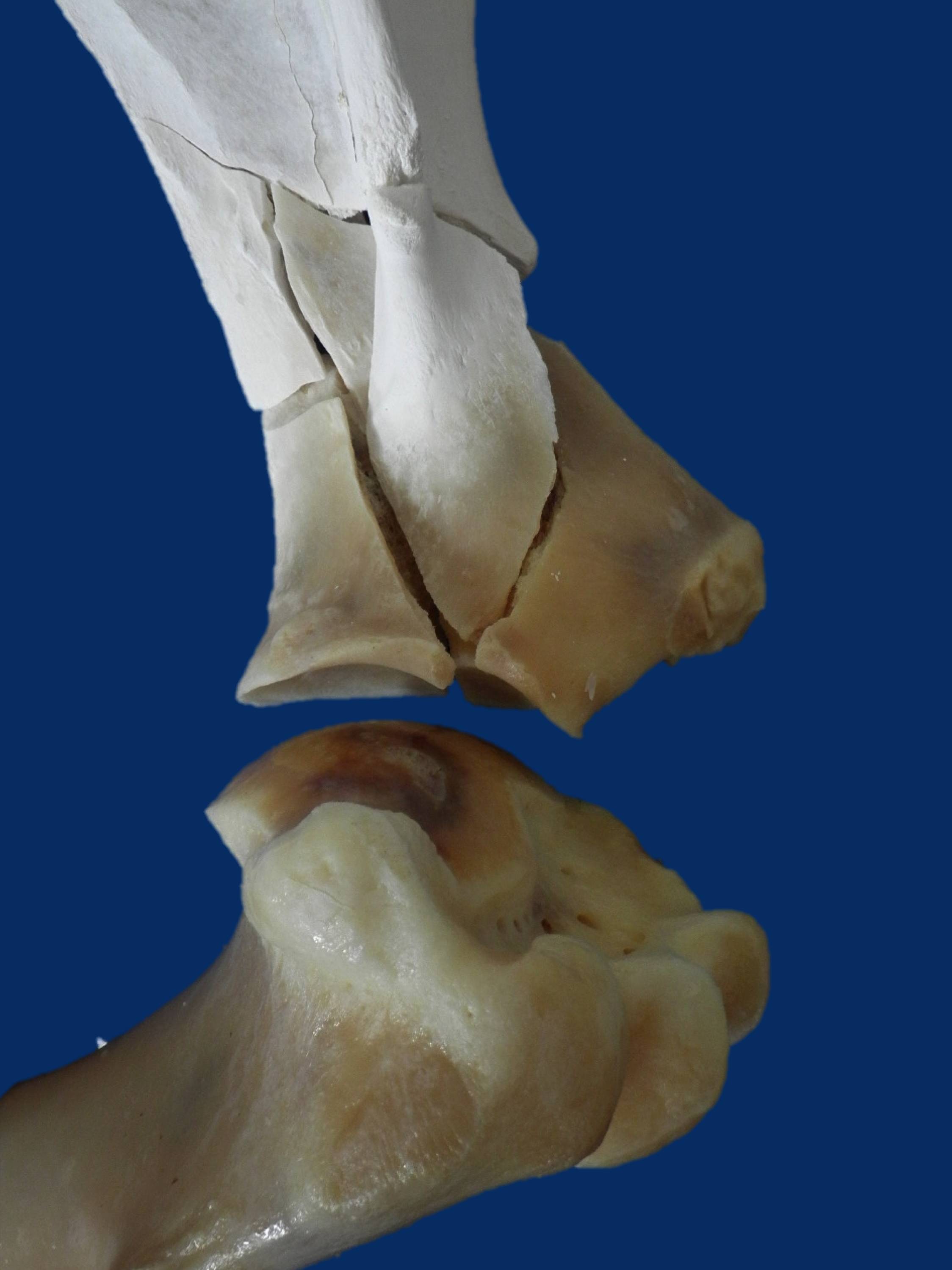
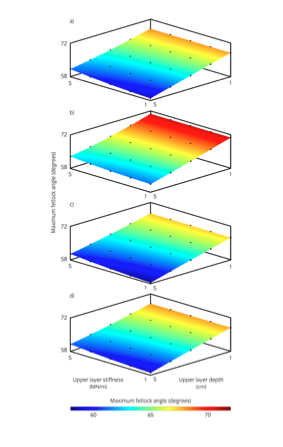
Does nutrition factor in injury, repair and recovery?
First published in European Trainer issue 58 - July - September 2017
Click here to order this back issue!
Lost training days through injury or infection are problematic for trainers, both practically and commercially. It is a stark fact that 50% of thoroughbred foals, bred to race, may never reach the racecourse.
Lost training days through injury or infection are problematic for trainers, both practically and commercially. It is a stark fact that 50% of thoroughbred foals, bred to race, may never reach the racecourse. In young thoroughbreds, musculoskeletal problems have been cited as the most common reason for failure to race and this appears to continue to be a major issue for horses in training.
An early study carried out in 1985 in the UK reported that lameness was the single biggest contributor to lost days of training, and subsequent research 20 years later found that this was still the case, with stress fractures, which involve normal bone being exposed to abnormal stress, being cited as a significant underlying cause. Perhaps not surprisingly, two-year-olds were more susceptible to injury than three-year-olds. Whilst there are of course many other reasons – including muscular issues such as tying up, respiratory problems, and viral infection – why horses may fail to train, in this survey medical issues accounted for only 5% of the total training days lost.
Can fractures be predicted?
While catastrophic fractures are relatively rare - less than 2 percent
of all horses racing worldwide sustain them - they account for nearly 80
percent of racing-related fatalities. Even with advances in modern
veterinary medicine, fracture diagnosis can often be elusive. What if a
simple blood test could reveal a fracture or a predisposition to one
before it became a crisis?
Kimberly French (10 July 2008 - Issue 9)
While catastrophic fractures are relatively rare - less than 2 percent of all horses racing worldwide sustain them - they account for nearly 80 percent of racing-related fatalities. Even with advances in modern veterinary medicine, fracture diagnosis can often be elusive. What if a simple blood test could reveal a fracture or a predisposition to one before it became a crisis?
Dr. C. Wayne McIlwraith, BVSc, Ph.D., the Barbara Cox Anthony University Chair in orthopedics at Colorado State University, professor of surgery and director of the university’s Orthopedic Research Center, said, "We have been working with biomarkers for more than 10 years. If we get good biomarkers to predict a fracture, then we can draw blood samples to identify horses at risk. We are working with a company to develop a commercially viable platform for a blood test to be available within two years." A biomarker is a substance in the blood or urine that indicates a certain disease state. In normal bone, anabolic and catabolic processes are balanced and release molecular entities as they function. Biomarkers are these molecular entities and when their levels deviate from normal, they depict a risk or progression of disease. There are two types of biomarkers: direct and indirect. A direct biomarker supplies a straightforward assessment of what disease process is happening while an indirect biomarker reflects inflammation, which is usually a secondary result of damage or disease. "We have a collection of biomarkers, which are antibody-based, that we do the testing with," McIlwraith said. "The principle is to get early degradation of the molecule and we have the antibodies to mark changes in the collagen or protein of the cartilage and bones." In a study published in 2005 and funded by the Grayson Jockey Club Research Foundation, McIlwraith, in conjunction with fellow faculty members Dr. David Frisbie, DVM, Ph.D. and Dr. Chris Kawcak, DVM, Ph.D., studied the biomarkers of 2-and 3-year-old Southern California Thoroughbred racehorses over 10 months. They analyzed biomarkers for four types of musculoskeletal disease: bone chips, damage to the tendon and/or ligament structure, stress fractures and bucked shins. From the group of 145 horses, 74 sustained an injury during the study with 60 percent incurring either bone chips or stress fractures."Not all of the markers were specific for bone but that doesn’t always mean something," Frisbie said. "It’s weird because you would think if it’s a fracture you would see the bone turnover biomarker go up, but we realized that is not always the case and as long as the marker, whatever it’s for, is related to the disease, it doesn’t really matter in the end. If you don’t have something which can predict injury in general, it’s not going to be worthwhile. What we wanted was a screening tool to say there is an impending injury and then use diagnostics like radiographs to deduce the specific injury." The four disease processes examined are the most common in Thoroughbred racehorses and the researchers found they could predict a disease was going to occur 65 or 66 percent of the time before it did.Bone disease is "a pretty innocuous thing, but it’s like cancer," Frisbie said. "Picking it up doesn’t have to be horribly accurate because you throw a big net. If there’s a possibility, you would want to take a closer look and are happy when it’s a false alarm. As long as you do a better job, even if it only improves your percentage 10 or 15 percent, you are not letting somebody that has cancer go undetected." Biomarkers were endorsed as useful predictors of disease in the laboratory but only one prior study was performed in a clinical setting. A study conducted at the Royal Veterinary College in London, England, at roughly the same time as the Colorado State University project, showed significant biomarker variances in horses with bucked shins compared to horses with normal shins. "We wanted biomarkers to hit the pavement and work in a clinical situation," Frisbie said. "The studies in the United Kingdom were at the tracks but concentrated mainly on shin splints. We wanted to run the entire gamut of the most common Thoroughbred diseases and as far as I know, we were the first to do that." Racehorses are prone to fracture because they place intense pressure on their musculoskeletal system. Any location where damage from repetitive loading surpasses a horse’s innate ability to lay down new bone can become a fracture. In normal bone, cells called osteoclasts eradicate damaged or diseased bone and cells named osteoblasts replace the unsound bone with healthy tissue. When the bone cannot be restored quickly enough, open pockets develop, which make the entire bony structure susceptible to an eventual catastrophic fracture. Dr. Susan Stover, DVM, a professor at the University of California, Davis School of Veterinary Medicine, in Davis, California, has examined numerous post-mortem fractured bones from Thoroughbred racehorses and determined that stress fractures are the precursor to catastrophic fractures. Stover discovered a predominant fracture pattern with new bone structure on opposite surfaces in the identical site for each bone. The bone was fresh and therefore, formed shortly before the complete catastrophic fracture. Stover approximates almost 90 percent of the catastrophic fractures she has studied originated from a prior injury. Most veterinarians believe fractures rarely occur from spontaneous events, such as a bad step or hitting the starting gate, but are the end result of insidious bone disease. "I’m not saying that a misstep can’t complete the fracture propagation but the disease is already there," McIlwraith said. "All fractures start as subchondral bone disease, with subchondral bone being the bone under the cartilage. If you can identify that bone disease before the fracture then you can save the horse." Subchondral bone’s two primary functions are to absorb stress and maintain the shape of joints. Undue stress to this bone causes micro-damage which alerts the body to increase production to strengthen the bone. If the bone cannot remodel itself quickly enough, micro-cracks develop and could lead to bone sclerosis, an abnormal hardening of the bone, or necrosis, when cells that create bone cells die. All these forms of subchondral bone disease ultimately weaken bone structure, paving the way for catastrophic fracture and/or joint disease.Signs of disease are subtle."That’s the trouble," McIlwraith explained. "When you have a complete fracture you can see it on radiographs but you can’t see that early bone disease. That is why we want to screen with biomarkers and go from there." Radiographs or x-rays illustrate pathologic change in bone and have been the main tool to diagnose fractures. While computer and digital radiography systems have improved bone definition, the bone must lose 50 percent of its density before disease can be found. In bone scanning or nuclear scintigraphy (a subject covered in depth in Issue 8 of North American Trainer magazine), a horse is injected with radioactive technetium bonded to phosphorus and is scanned several hours later with a gamma camera for "hot spots." This technique works well by identifying early areas of inflammation and stress fractures but is very expensive and is usually used only after a horse comes up lame. Computerized tomography (CT) diagnoses inflammation, stress fractures, early subchondral bone sclerosis and variations in subchondral bone density, but most machines require anesthesia. A portable machine is under investigation in France, but until this becomes widely available, it will remain difficult to use. Magnetic Resonance Imaging (MRI) could prove instrumental in detecting early disease but like CT, until a portable model or standing model is developed, it’s difficult to use because it requires anesthesia. Even though biomarkers are an exciting breakthrough, they have limitations. The liver and kidneys play a crucial role in the metabolism; therefore, the function of these organs must be considered whenever biomarkers are measured. Other factors that affect biomarker levels are exercise, age, breed, diet, sex, surgical history and general anesthesia. Biomarkers originate from all the bones or joints in the body, so they may not show what is happening in a specific location. "Biomarkers do vary," McIlwraith said. "In our study we took monthly blood samples and when a horse was injured, we looked at that horse’s biomarkers compared to a horse that was the same age and the same sex. The blood test is only a screening tool. If you find a horse at risk, then you would have to do imaging to localize it to a certain area." Can biomarkers discern the difference between diseased bone and bone that is remodeling to accommodate stress, but is otherwise perfectly healthy? "In our control study, we were able to differentiate between normal exercise and pathologic change," Frisbie explained. "All the horses in the study were exercising and we were still able to deduce they were experiencing disease, so it stands to reason we could distinguish between remodeling and disease." When the blood test is presented on the open market, its initial use will probably be relegated to trainers and owners, and not sales agencies. "In a sales environment you don’t necessarily know the horse’s history," Frisbie explained. "A trainer or owner knows when a horse isn’t performing well and a blood test showing biomarkers three deviation levels above the mean would scream out to you something was wrong." Biomarkers alone are not a cure for bone and/or joint disease, but they do hold tremendous promise to predict or prevent catastrophic injury.
Kimberly French (10 July 2008 - Issue 9)


